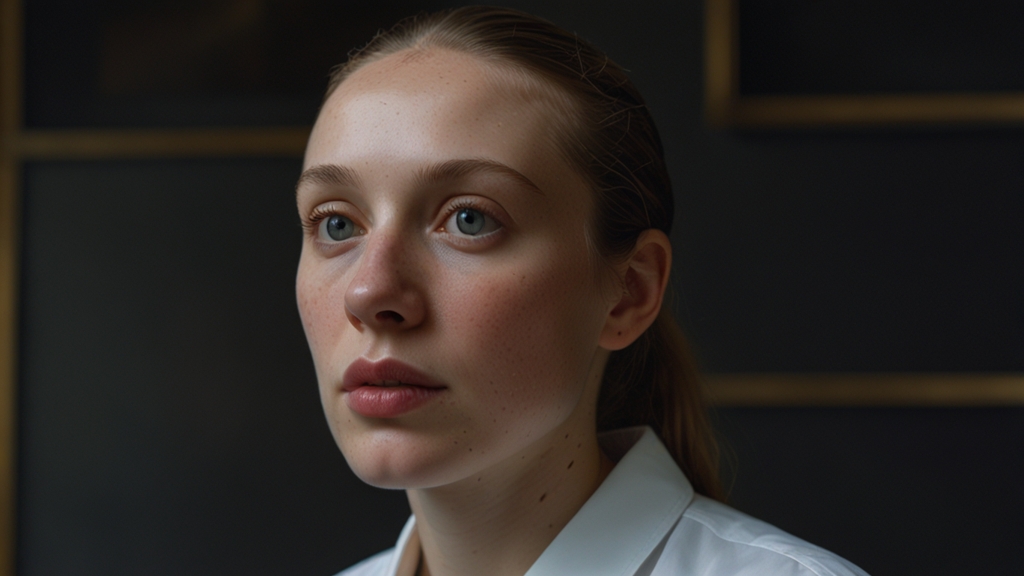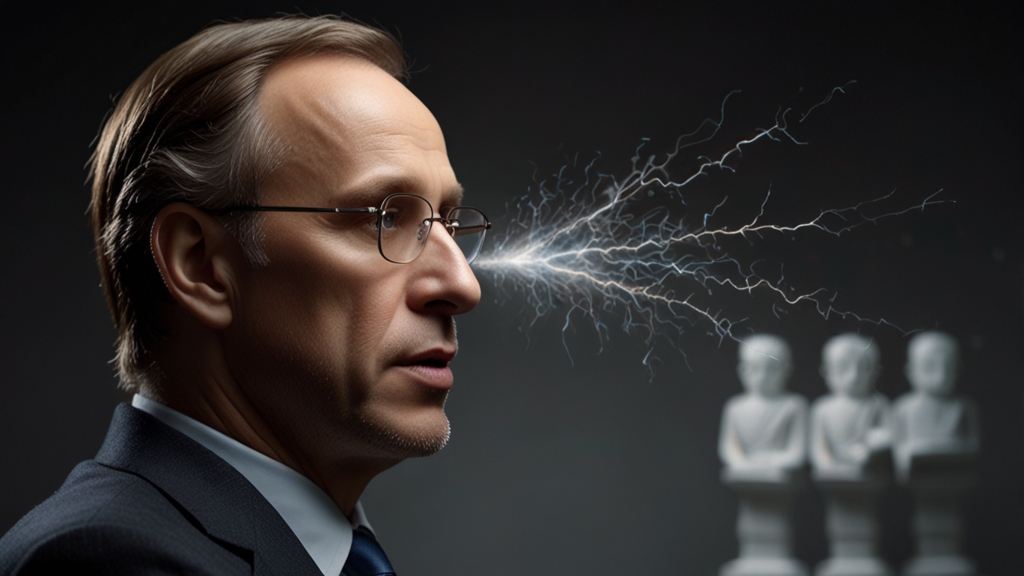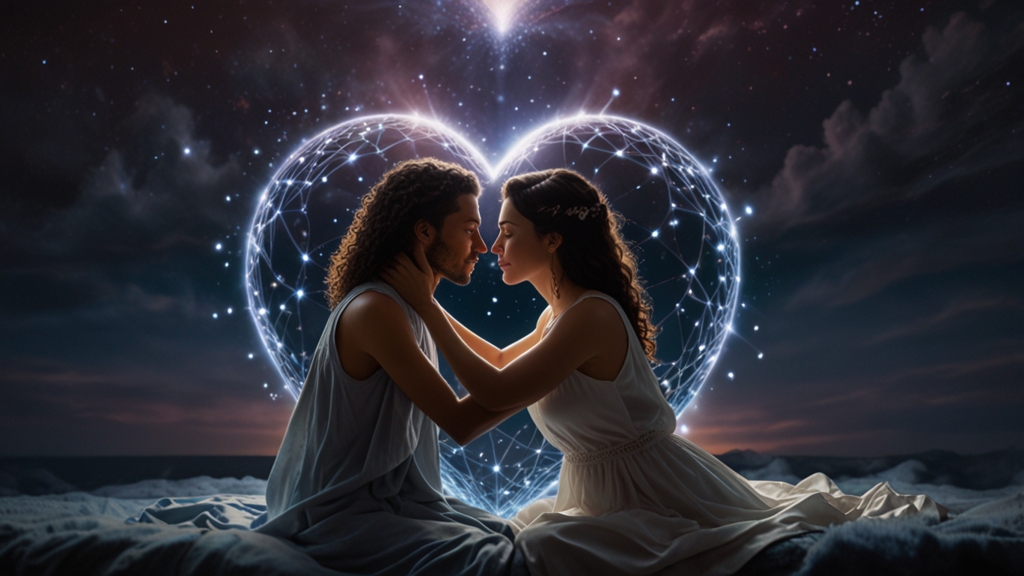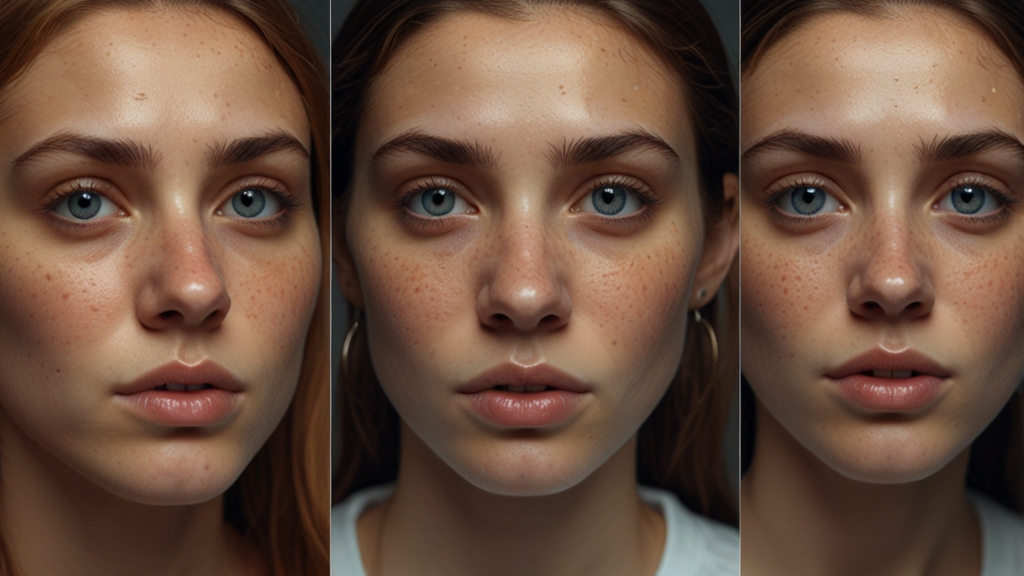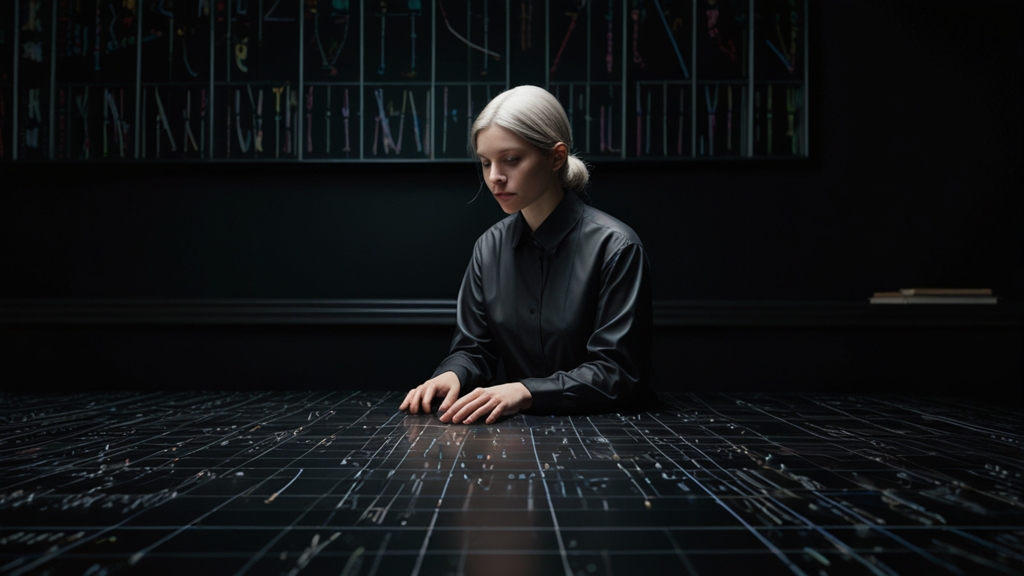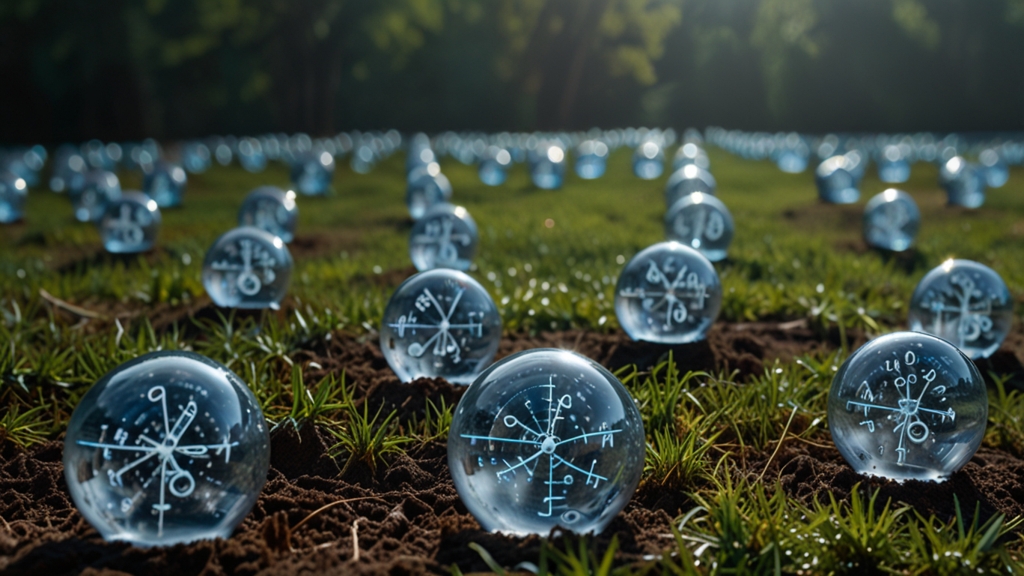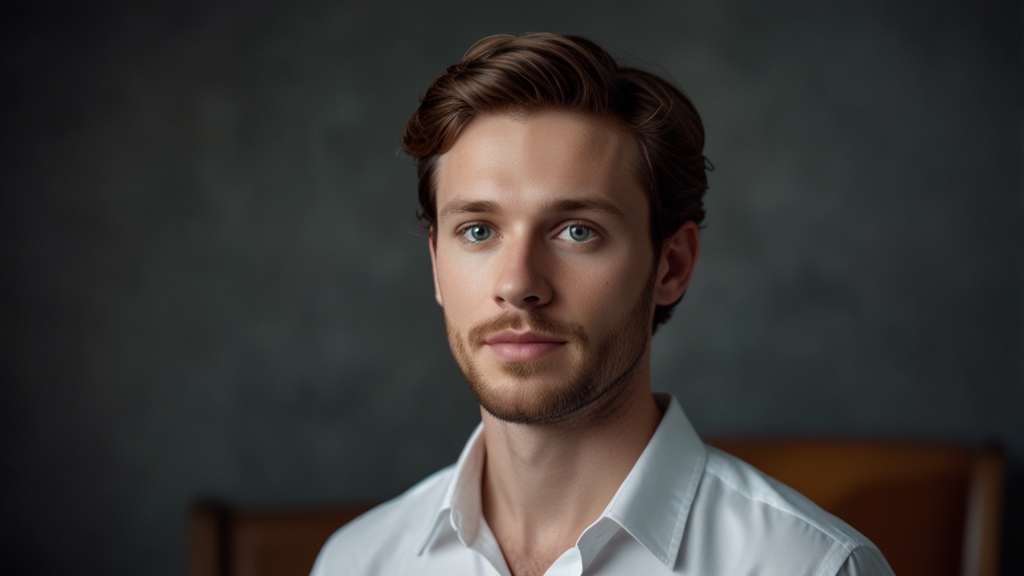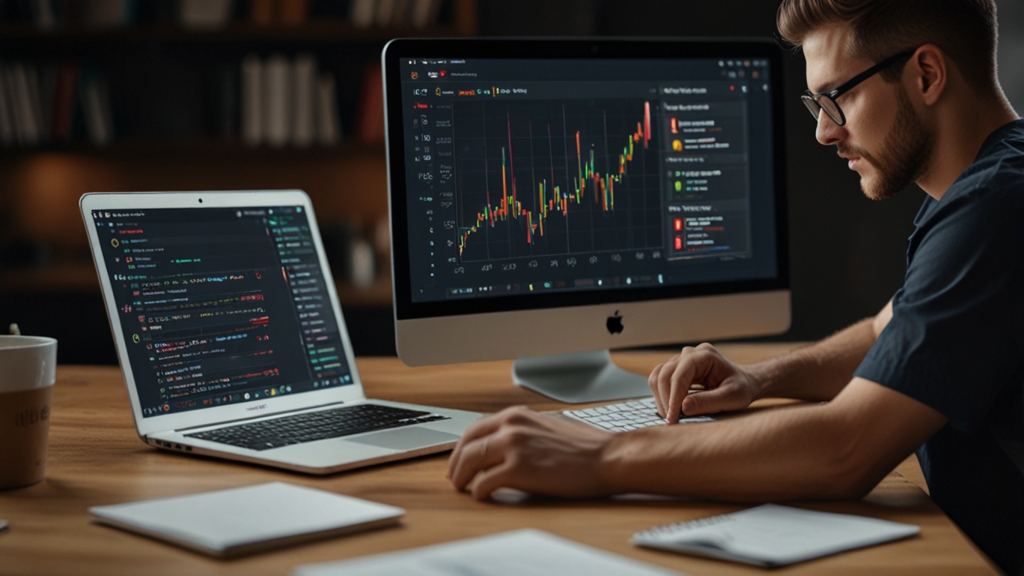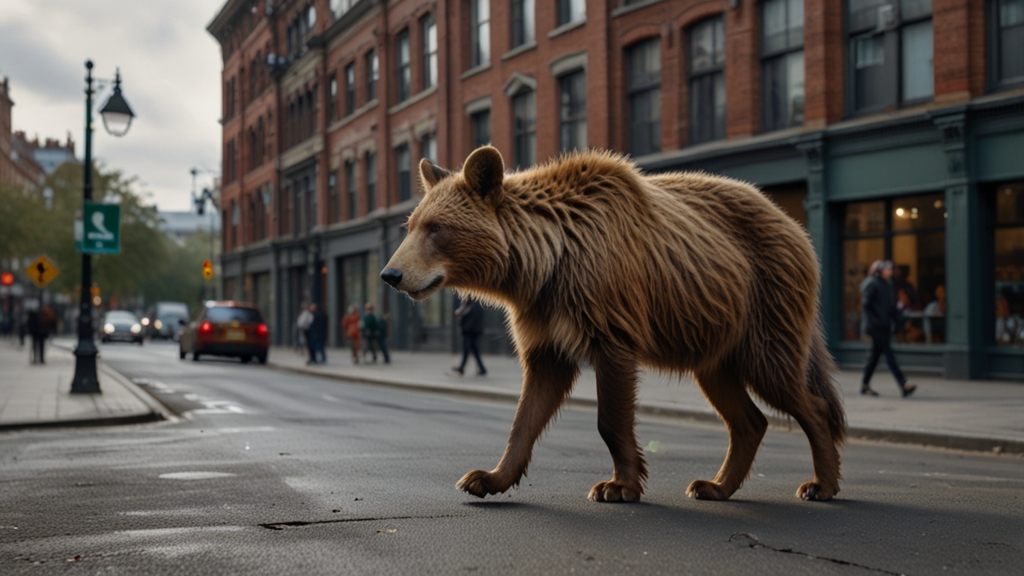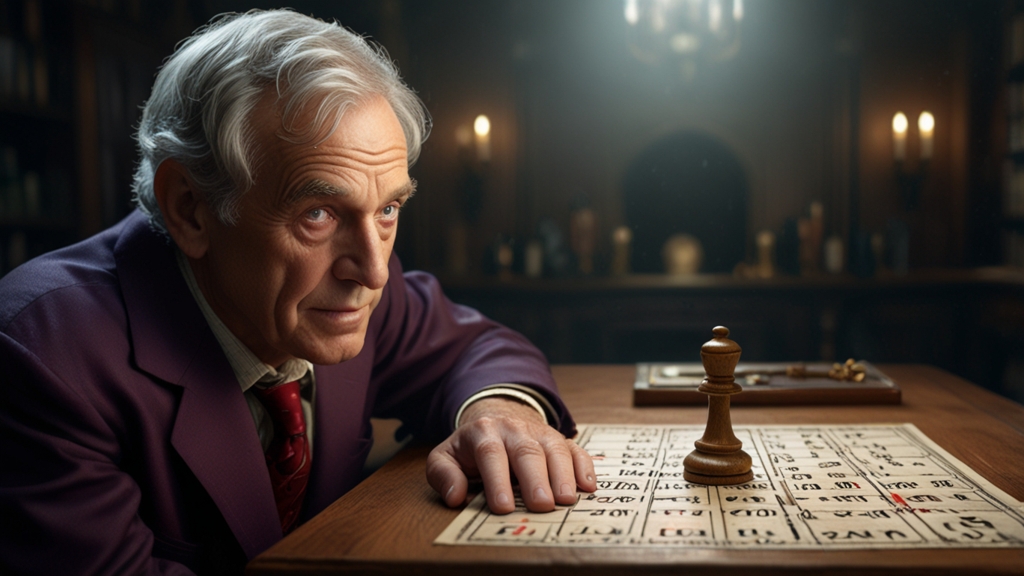How Machine Learning is Reshaping the Art World
In the age of digital transformation, machine learning is leaving an indelible mark on nearly every industry, and the art world is no exception. Artists, curators, and galleries are increasingly turning to machine learning algorithms to create, curate, and even sell art. The fusion of technology and creativity is not only expanding the boundaries of what art can be but also transforming the way we interact with and appreciate it.
The Emergence of AI-Generated Art
One of the most compelling examples of machine learning's impact on art is the advent of AI-generated art. Algorithms such as Generative Adversarial Networks (GANs) can create art that is almost indistinguishable from pieces crafted by human hands. These algorithms work by pitting two neural networks against each other: one generates images, while the other evaluates how real they appear. This process continues until the generated art achieves a level of sophistication that can deceive even trained human eyes.
"The ability of GANs to create lifelike images is astounding. It challenges our traditional notions of genius and creativity," says Dr. Emily Hann, an art historian.
Personalized Art Experiences
Machine learning is also enhancing the way we experience art. Personalized recommendations have become a staple in music and film, and similar technologies are being applied to art. Algorithms analyze individual tastes based on previous interactions and preferences to suggest artworks that viewers might find appealing. This personalized approach not only enriches the user experience but also broadens the exposure of lesser-known artists.
Furthermore, museums and galleries are utilizing augmented reality (AR) powered by machine learning to create immersive art experiences. Visitors can use AR apps to see additional information about the art pieces, or even to view them in different contexts or time periods. This blending of the virtual and the real world offers a deeper understanding and appreciation of the art.
Data-Driven Curating
Curating art exhibits has always been an intricate blend of knowledge and intuition. Machine learning is adding a layer of data-driven insight that helps curators make more informed decisions. By analyzing vast datasets of visitor behaviors, reviews, and historical trends, algorithms offer actionable insights into which artworks should be showcased together, potential visitor interest, and even optimal exhibit layouts.
"Curators can now leverage quantitative data to complement their qualitative expertise, resulting in more engaging and successful exhibitions," notes John O'Sullivan, a curator at the Metropolitan Museum of Art.
Breaking Barriers for Emerging Artists
For emerging artists, breaking into the established art scene can be daunting. Machine learning algorithms can help level the playing field. Platforms utilizing machine learning can match new artists with potential buyers based on style and interest, making it easier for them to find an audience and gain recognition. This democratization of the art market ensures that talent, rather than just traditional gatekeeping, dictates success.
The Ethical Implications
While the integration of machine learning in the art world is exciting, it also raises several ethical questions. Who owns AI-generated art? Is it the programmer, the artist who fine-tunes the algorithm, or the machine itself? Additionally, the use of data in personalized experiences and curating raises concerns about privacy and consent. These ethical dilemmas need to be carefully navigated to ensure that technology enhances rather than diminishes the value of art.
In conclusion, machine learning is radically reshaping the art world in numerous ways. From creating unique pieces of AI-generated art to personalizing art experiences and breaking down barriers for emerging artists, the synergy between art and technology offers limitless possibilities. However, as this integration continues to evolve, it is crucial to address the ethical implications to fully harness the benefits of this revolutionary transformation.
